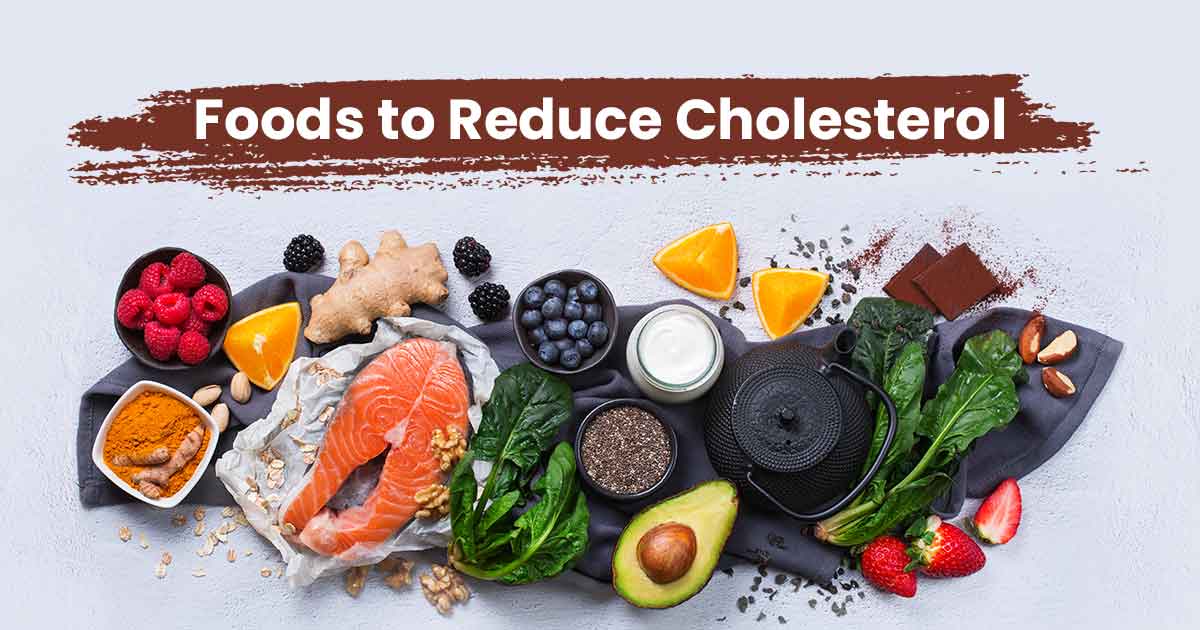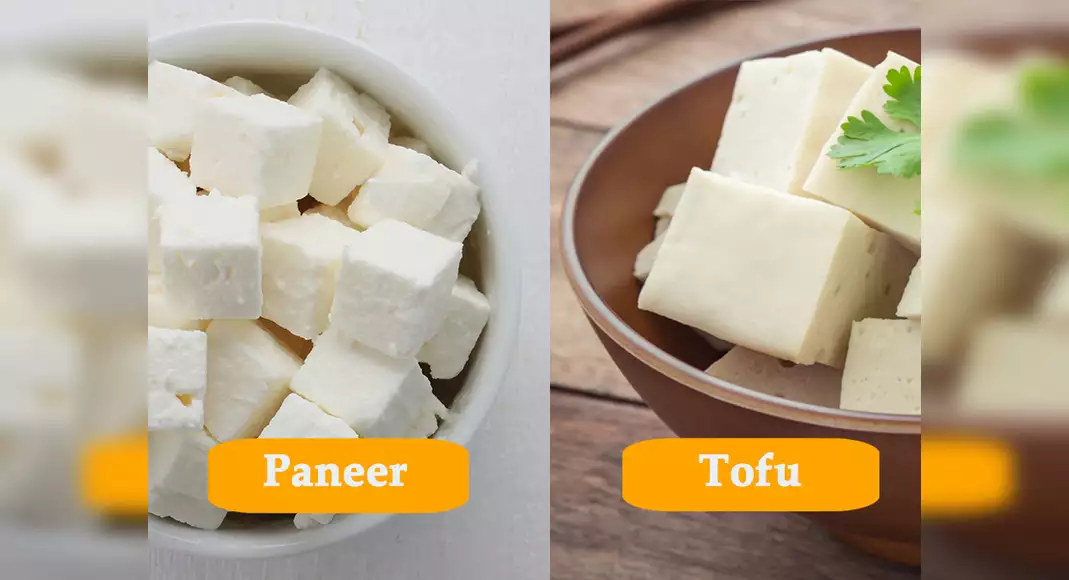High cholesterol is a major risk factor for heart disease. When cholesterol levels in the blood become too high, it can lead to a buildup of plaque in the arteries, increasing the risk of heart attack and stroke. The good news is that making dietary changes can help lower cholesterol and improve heart health. Focusing on foods that are low in saturated fat and cholesterol while being high in fiber is key. Here are some of the top cholesterol lowering foods to consider adding to your diet.
Oats

Starting your day with a bowl of oatmeal is an easy way to help reduce your cholesterol levels. Oats contain beta-glucan, a type of soluble fiber that has been shown to lower LDL (or “bad”) cholesterol. Soluble fiber helps remove cholesterol from the body by binding to it in the digestive tract so that it can be eliminated. Studies show that eating 1 1⁄2 to 2 cups of cooked oatmeal daily can lower total cholesterol by 5-8%. Top your oats with fruit like berries which also contain beneficial fiber without adding saturated fat.
Beans
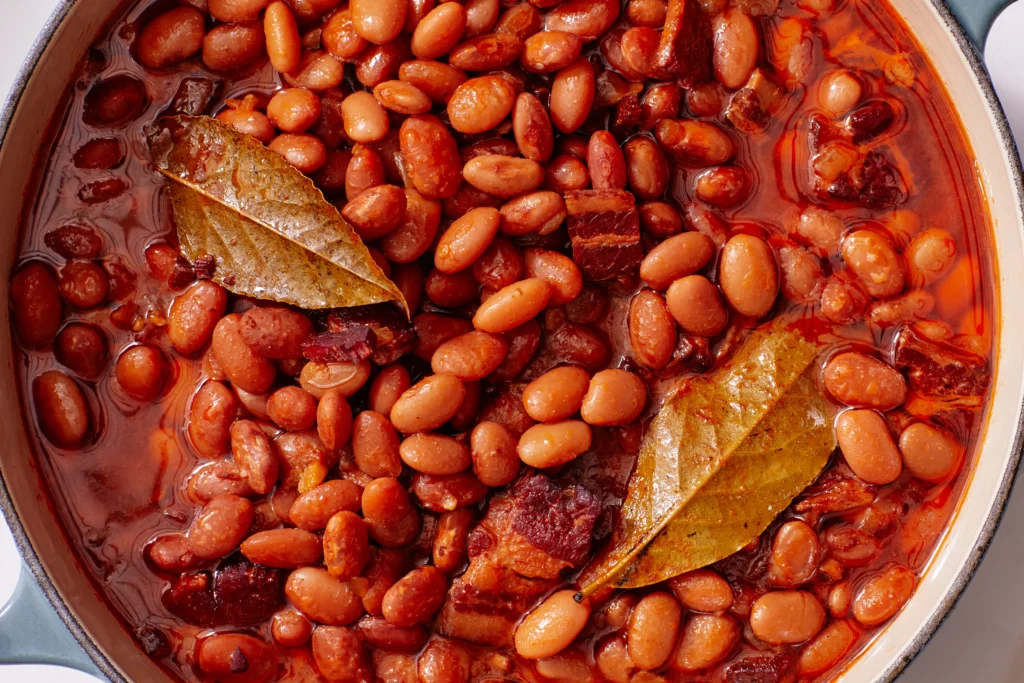
Beans are another excellent source of soluble fiber to help decrease cholesterol levels. Eating just 1⁄2 cup of cooked beans daily has been shown to lower LDL cholesterol. Beans contain phytosterols as well which can help block the absorption of cholesterol. Some great options include kidney beans, pinto beans, black beans, or chickpeas. These can be added to soups, stews, chilis, or served as a side dish. Be sure to choose low sodium varieties and to drain and rinse canned beans to remove excess salt.
Nuts
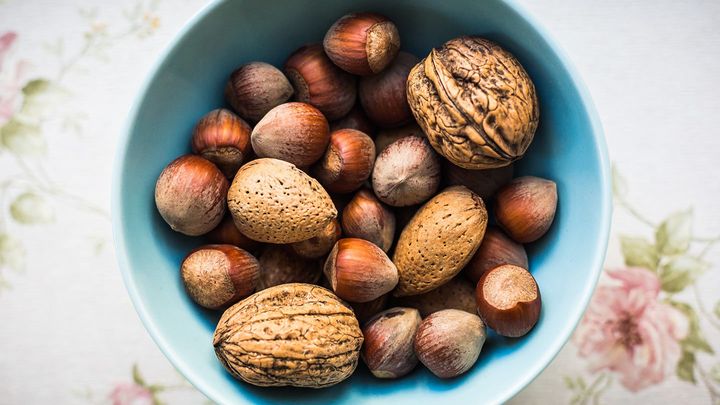
While nuts do contain some saturated fat, they are also high in healthy unsaturated fats and fiber which make them ideal for helping reduce cholesterol. Almonds, walnuts, and pecans contain plant sterols that help lower the absorption of cholesterol. Walnuts are especially beneficial as they are high in omega-3 fatty acids which support heart health. Aim for an ounce (about a small handful) of nuts daily as part of a heart healthy diet. Just watch portion sizes as nuts are high in calories.
Fatty Fish
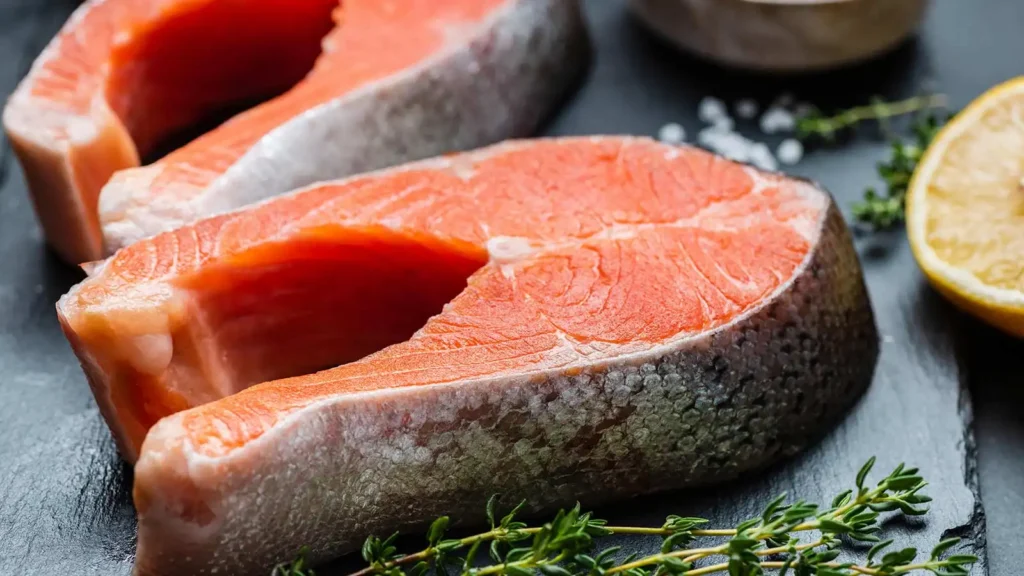
Eating fatty fish twice a week can help lower LDL cholesterol thanks to its high content of omega-3 fats. These healthy unsaturated fats may help reduce inflammation while lowering triglycerides as well. Excellent options include salmon, mackerel, herring, trout, sardines, or tuna. Grilled, baked, or broiled is healthiest. Watch sauces and dips which can add saturated fat.
Avocados
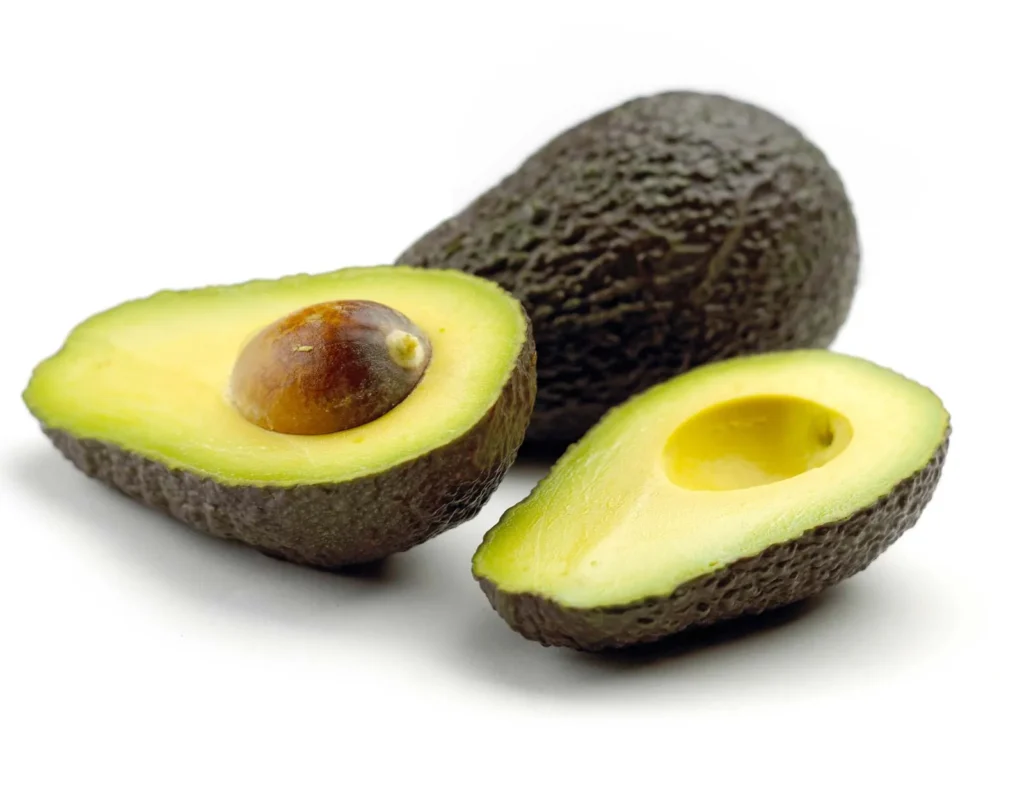
While often linked to their healthy fats, avocados also contain significant soluble fiber which can help remove cholesterol through the intestines. Studies have found that including 1-1 1⁄2 avocados daily as part of a moderate fat diet can lower LDL cholesterol while raising HDL (or “good”) cholesterol. Use avocado slices on sandwiches or tacos, dice them into salads and salsa, or simply enjoy half an avocado with some seasoning. Their creamy richness makes a satisfying cholesterol free addition to many dishes.
Barley
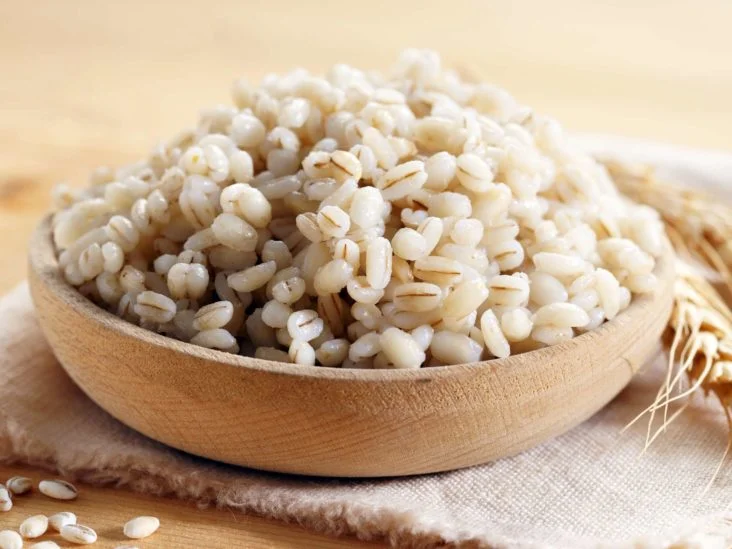
This grain contains beta-glucans like oats which allow it to effectively bind to cholesterol and remove it from the body. Studies have shown 3 grams of soluble fiber from barley to reduce LDL and total cholesterol by up to 10%. Use barley in soups, as a hot cereal, or make it into a salad. It can also be used as a substitute for rice in many dishes.
Garlic

Garlic contains a compound called allicin which has been shown to lower LDL cholesterol and reduce plaque buildup in the arteries. It may also boost HDL cholesterol while helping to regulate blood pressure. Use fresh garlic cloves in cooking or take an aged garlic supplement if tolerated. Consume about 1-2 cloves per day or 600-1200 mg garlic extract.
Green Tea
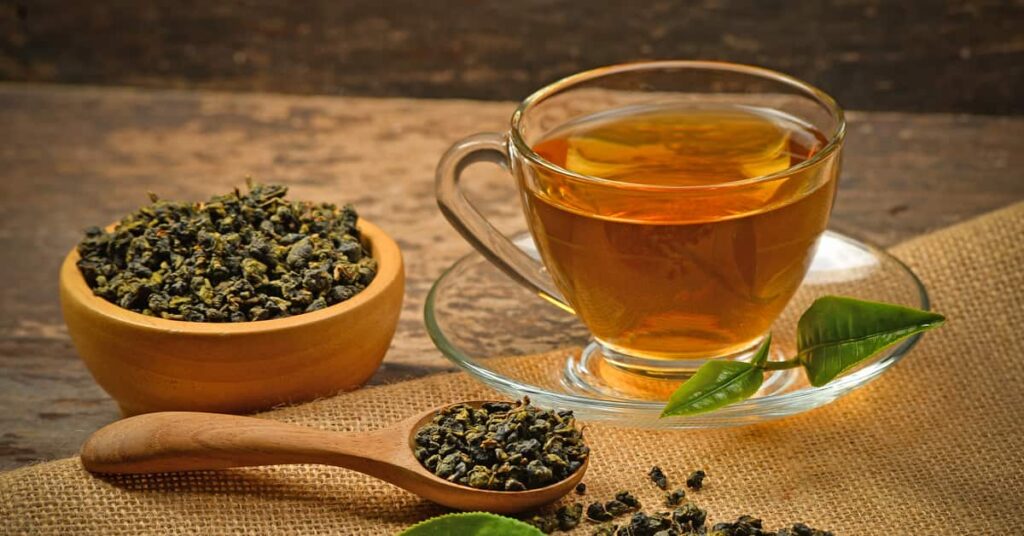
Drinking several cups of brewed green tea per day may also reduce LDL cholesterol according to some studies. This effect is thought to be due to plant compounds called catechins contained in the leaves. Try substituting your morning coffee for green tea, or enjoy it as an afternoon beverage in place of sugary drinks or juice. Decaffeinated versions still retain the beneficial cholesterol lowering catechins.
Spinach
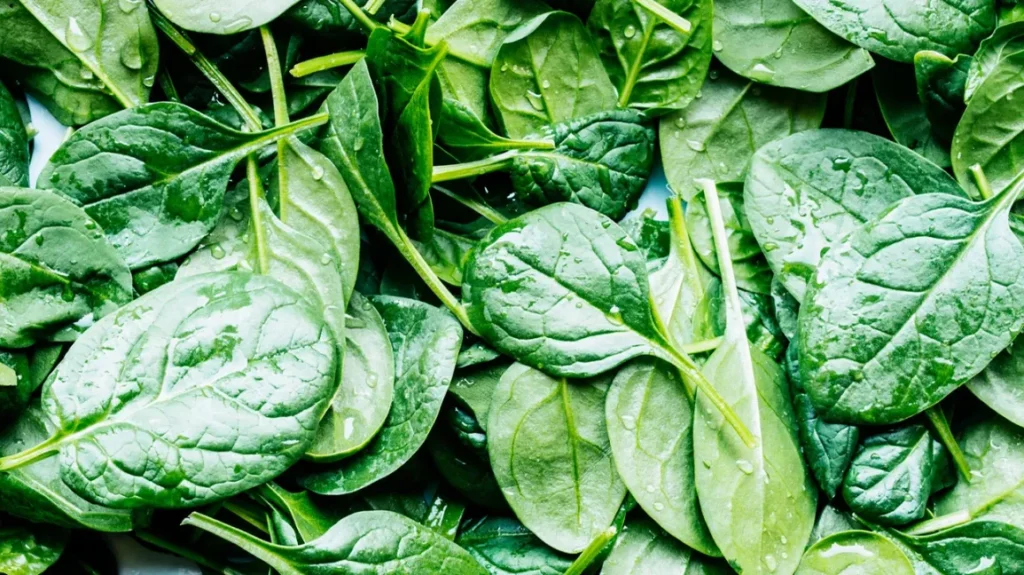
Leafy greens like spinach are low in calories, high in fiber, and packed with vitamins and minerals. They are also a non-dairy source of calcium, iron, and vitamin D. Spinach is especially high in lutein which has been linked to a lower risk of atherosclerosis. Add spinach to omelets, use it in salads, soups, smoothies, or just eat it steamed as a side dish. Aim for 1-2 cups of spinach or other leafy greens daily.
Sweet Potatoes
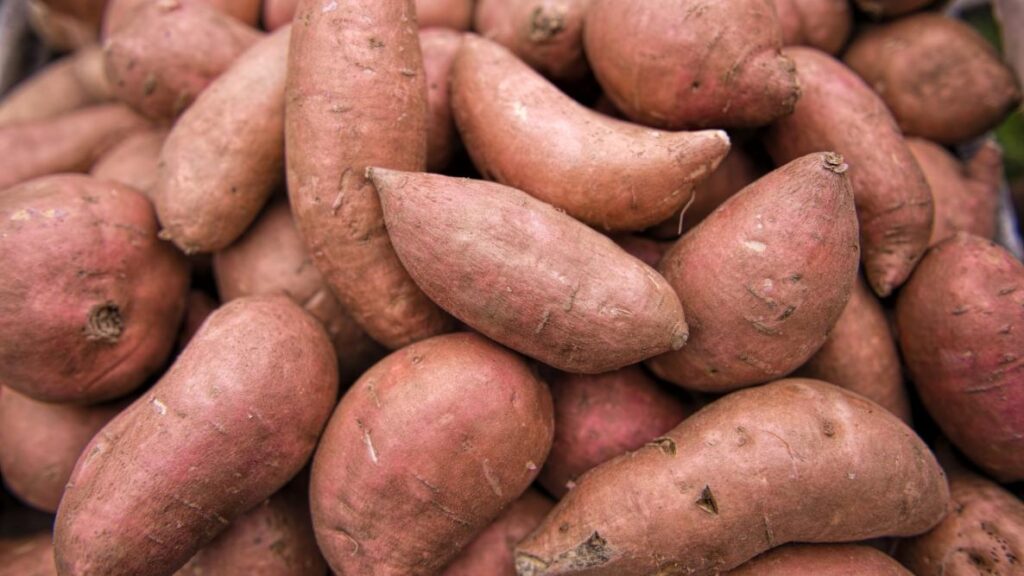
Sweet potatoes contain nearly 4 grams of dietary fiber per serving, making them an excellent cholesterol lowering choice. Fiber rich foods help remove bile containing cholesterol from the body. The fiber and vitamins in sweet potatoes are also linked to lower blood sugar levels and reduced inflammation. Bake, roast, or steam sweet potatoes and top with herbs or spices rather than butter. Enjoy them as a substitute for typical starchy sides dishes.
Tomatoes
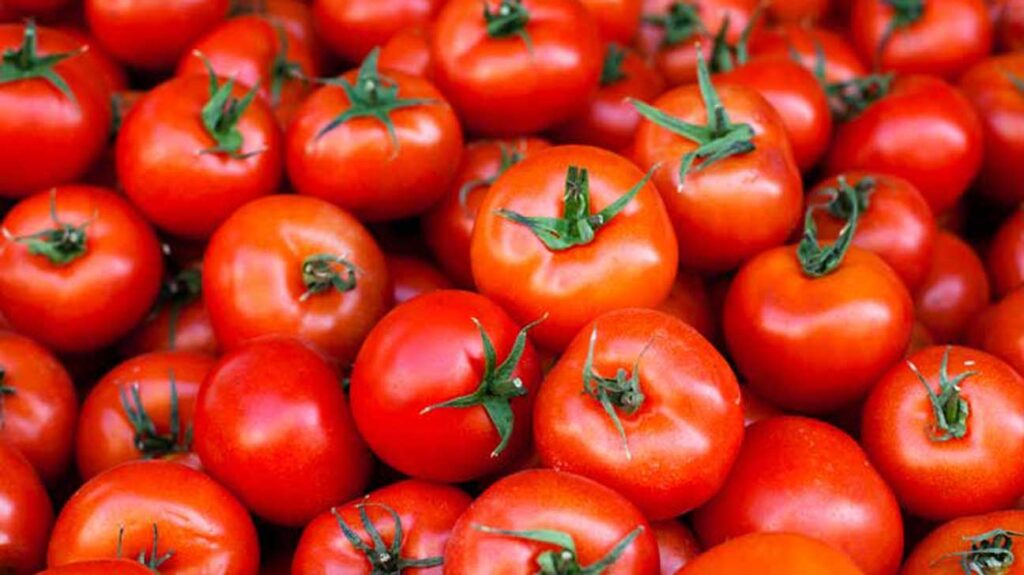
Eat tomatoes cooked or raw for their powerful antioxidant lycopene which gives them their red color. Studies show lycopene helps lower LDL cholesterol and can help prevent thickening of artery walls. To absorb the lycopene, be sure to include a source of fat like olive oil or cheese. Use tomatoes for sauces, salsa, soups, salads, or as a topping for avocado toast or sandwiches. Choose low sodium options when possible.
Conclusion
A heart healthy diet high in soluble fiber has been shown to significantly reduce LDL cholesterol levels. Focus on eating more oats, beans, avocados, nuts, fatty fish, and leafy greens like spinach which all contribute fiber without excess saturated fat. You can also incorporate barley, garlic, green tea, sweet potatoes, and tomatoes. Limiting foods high in saturated fat and trans fats found in processed foods is important too. Be sure to check with your doctor to determine recommended cholesterol levels and dietary changes for your individual health needs. Making a few simple substitutions and additions to your daily diet can go a long way toward improving cholesterol and reducing risk of heart disease.







